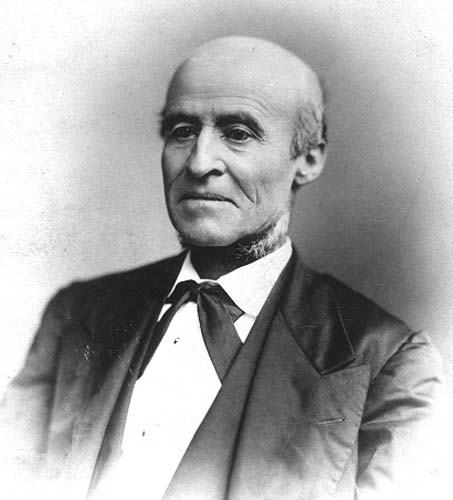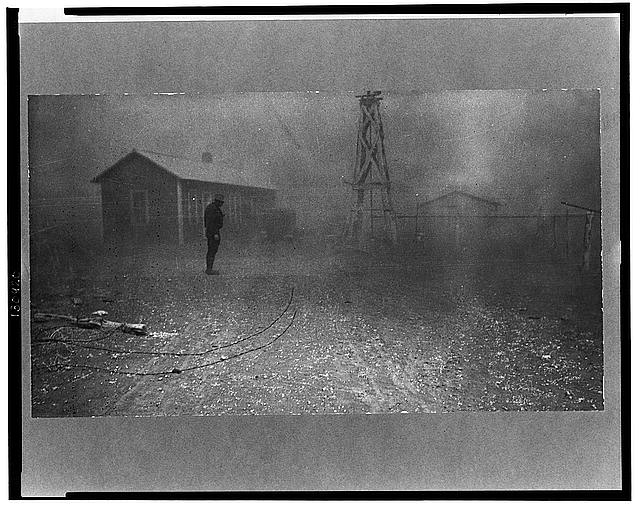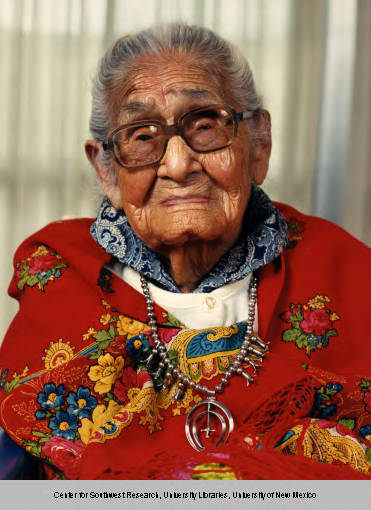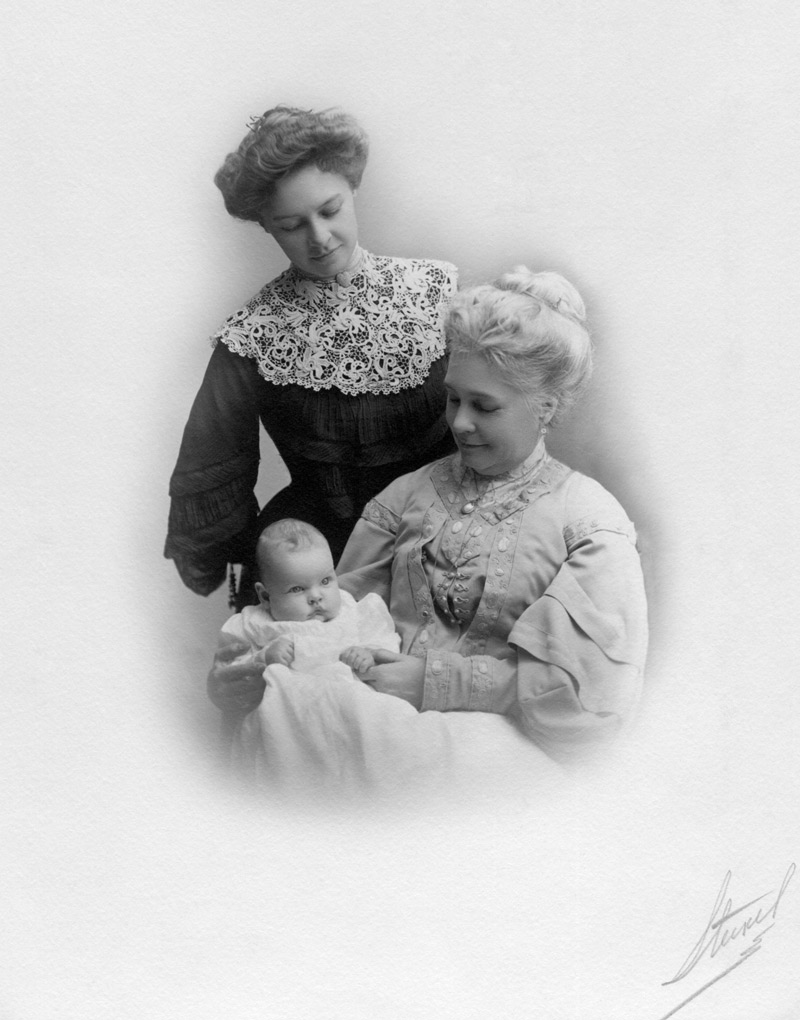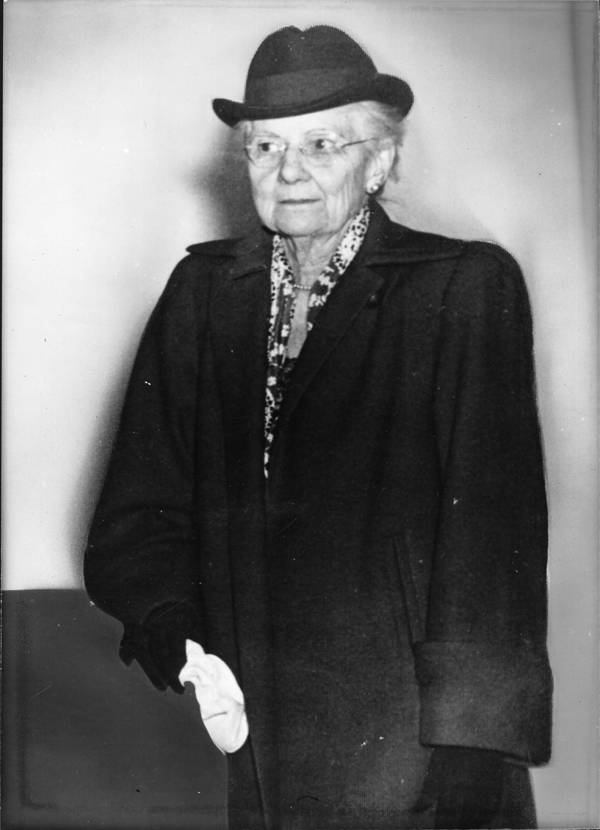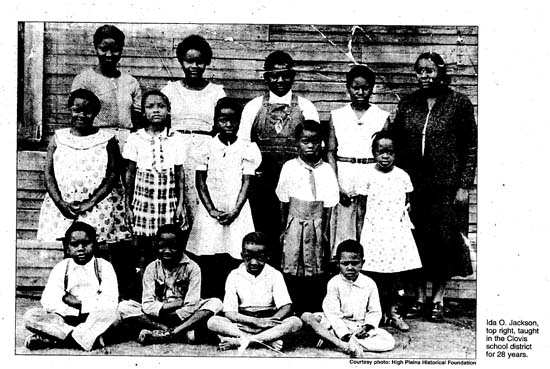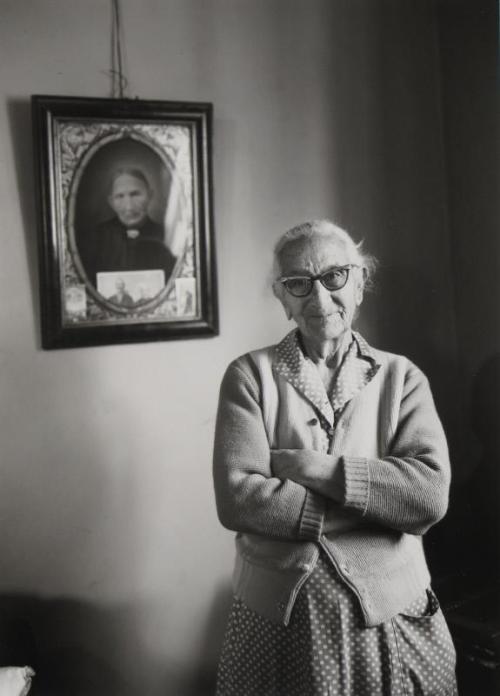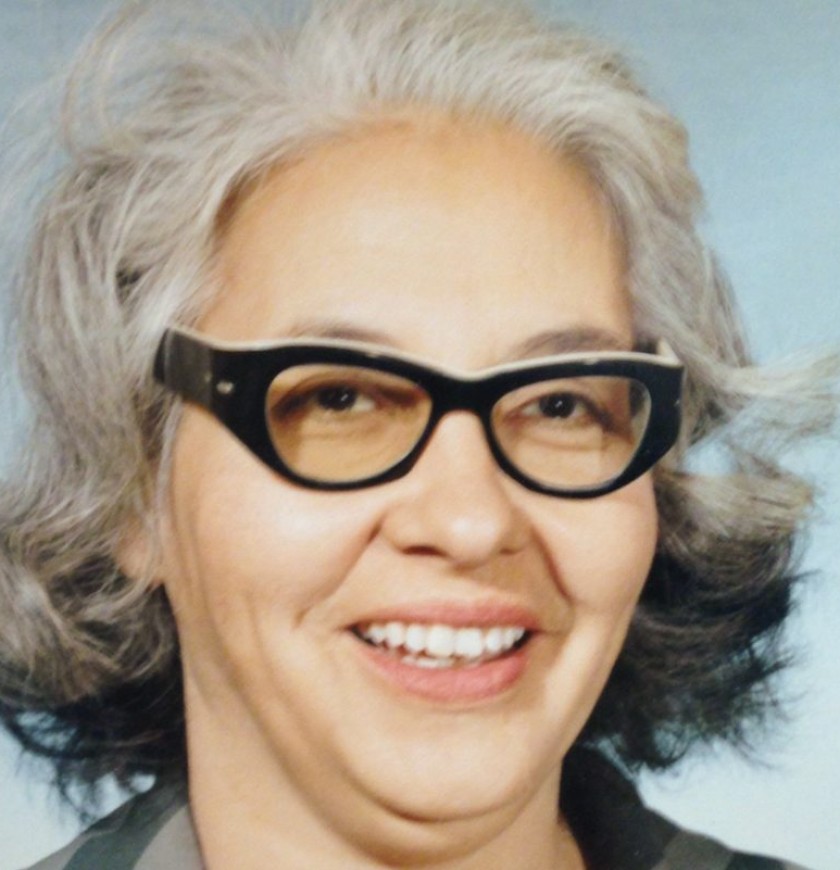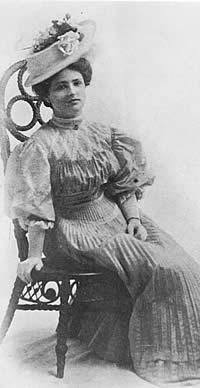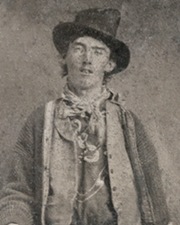
On this day in 1881, the renowned Billy the Kid escaped from the Lincoln County jail in Lincoln, New Mexico. Many have heard of The Kid, but not many know about his life story. Most of his notoriety that grew into legendary proportions happened because of his numerous jailbreaks, and his accuracy in shooting, and illustrated stories that were published in dime novels popular in the day. In New Mexico, this was all a part of what became known as the Lincoln County War, where various merchants in the region vied for lucrative military contracts and their motley crew of employees, later glorified as Hollywood’s “Young Guns” were in frequent wild western gun battles. In spring of 1881, toward the end of the Lincoln County War, William Bonney was jailed in Lincoln, having been tried for the murder of Sheriff William Brady. He would escape one last time from the courthouse jail on April 28th, killing Deputies JW Bell and R. Olinger on his way. Billy headed out to lie low with friends near Fort Sumner. It was in this area that a few short months later, Billy would meet his end when killed by the Sheriff Pat Garrett.
You can watch Billy the Kid related videos on our Youtube channel.

